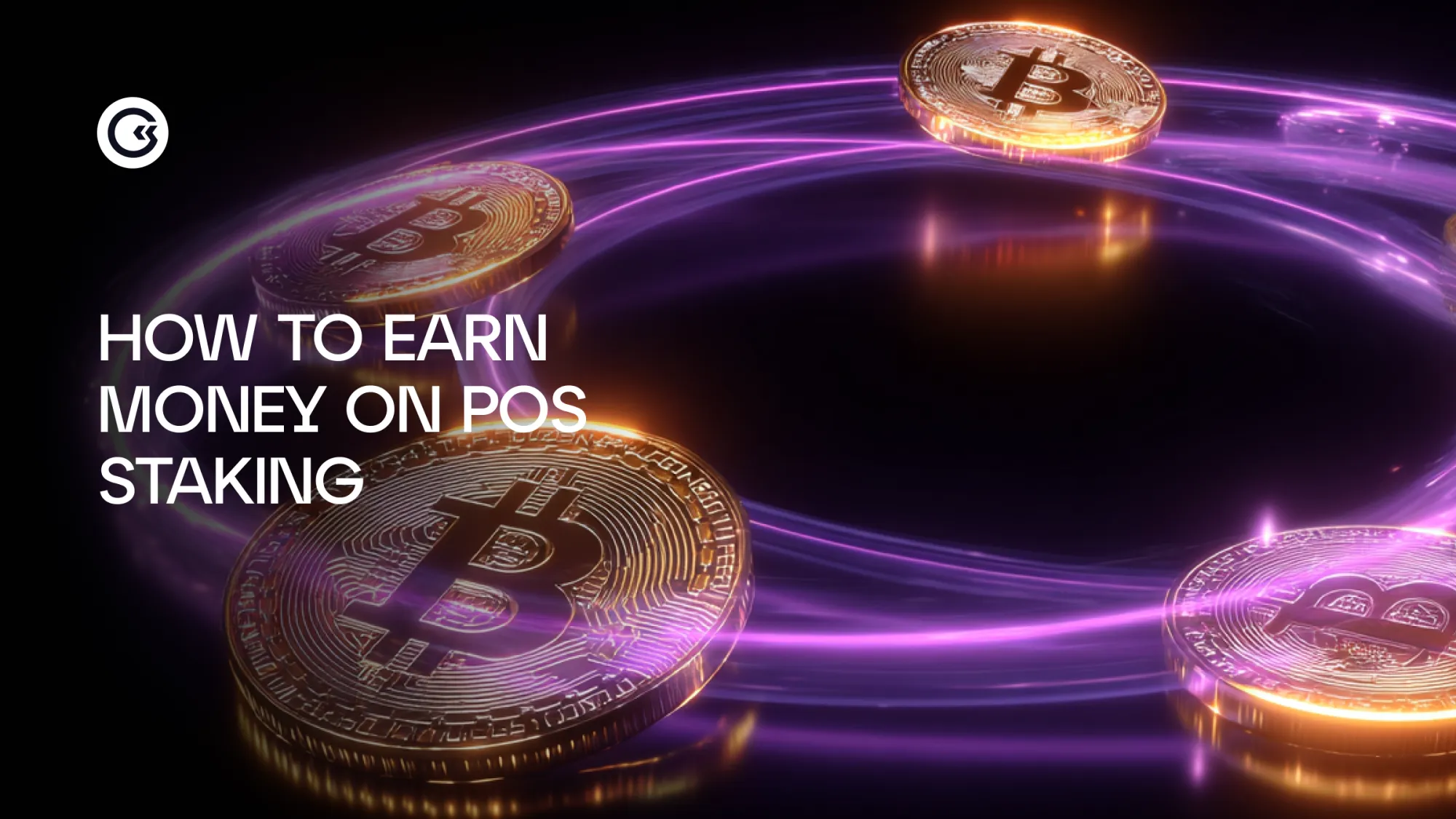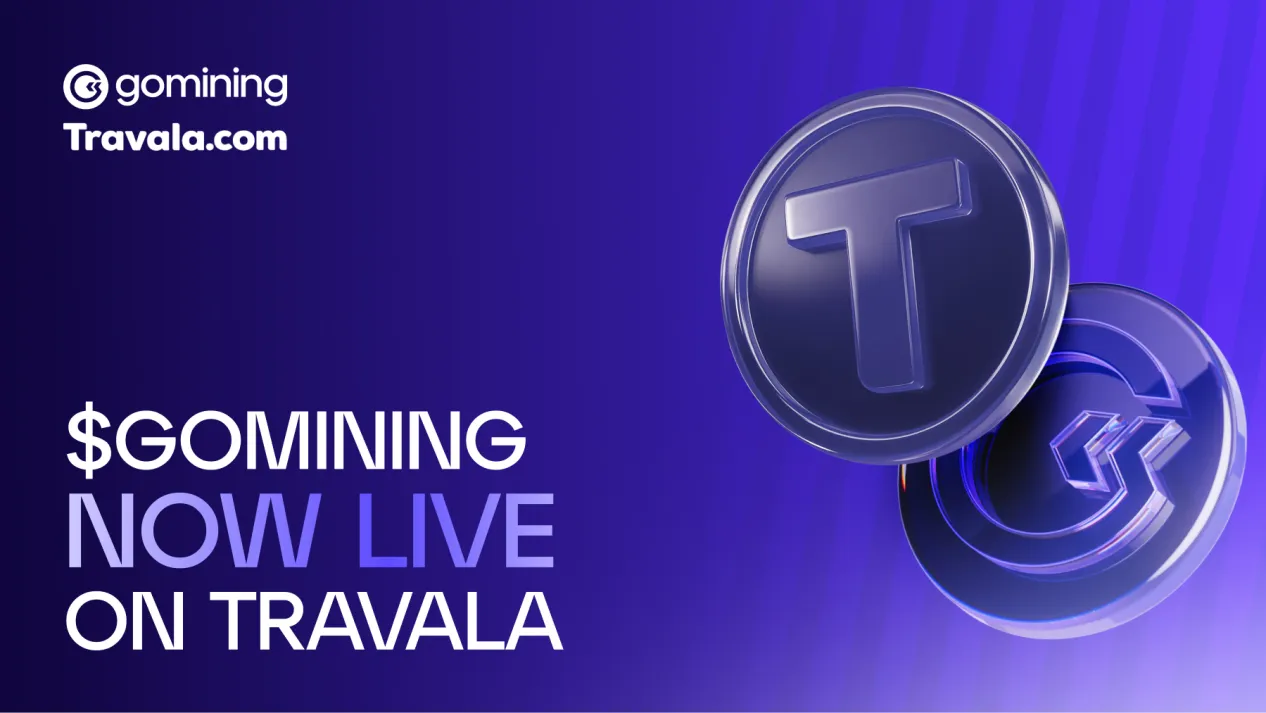In 2025, staking on proof-of-stake (PoS) blockchains became one of the key ways to generate income in the cryptocurrency ecosystem. This article explains how PoS staking works, what indicators to consider, where the risks lie, and how to build a sustainable strategy. Everything is explained in simple terms so that even a beginner can understand how the mechanism works and what steps can be taken to generate income.
How staking works in practice
To get started, you need to have tokens from a network where PoS staking is available — for example, Ethereum, Cardano, Solana, etc. The tokens are stored in a wallet, and you can either run your own node or delegate your coins to a validator.
After delegation, the tokens are locked in the network, and you start receiving rewards. They are accrued regularly, depending on the network policy:
- in Ethereum — approximately every 6–12 minutes;
- in Cardano — every 5 days (epoch);
- in Solana — once a day.
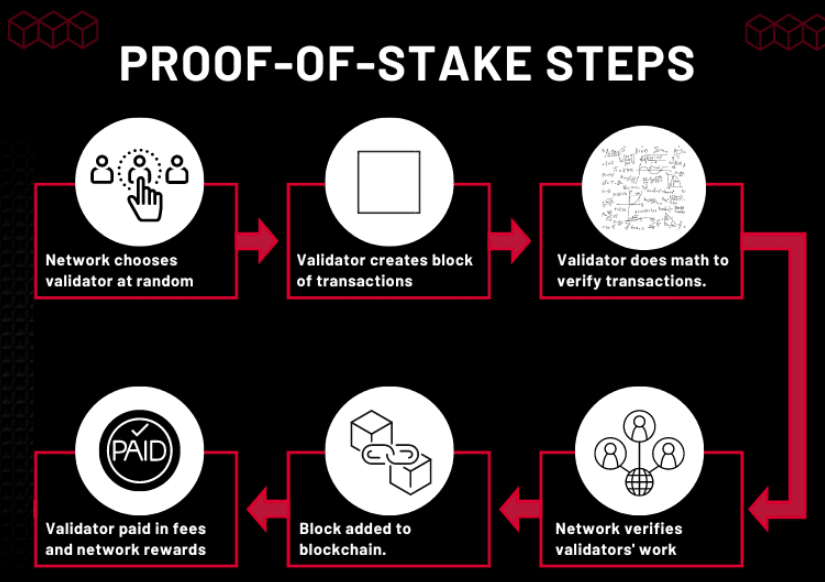
Source: tastycrypto.com
The reward goes to the same wallet where the tokens are stored and can be automatically reinvested or withdrawn. Some platforms offer liquid staking, which means you get a token substitute that can be used in DeFi, but this requires a separate risk assessment.
If you want to try it yourself
For beginners, it is better to start with delegation through verified platforms. Here are the basic steps:
- Select a network and token. Pay attention to tokenomics: market capitalization (MCAP), potential issuance (FDV), inflation, and token distribution. Network activity can be assessed by TVL and on-chain data.
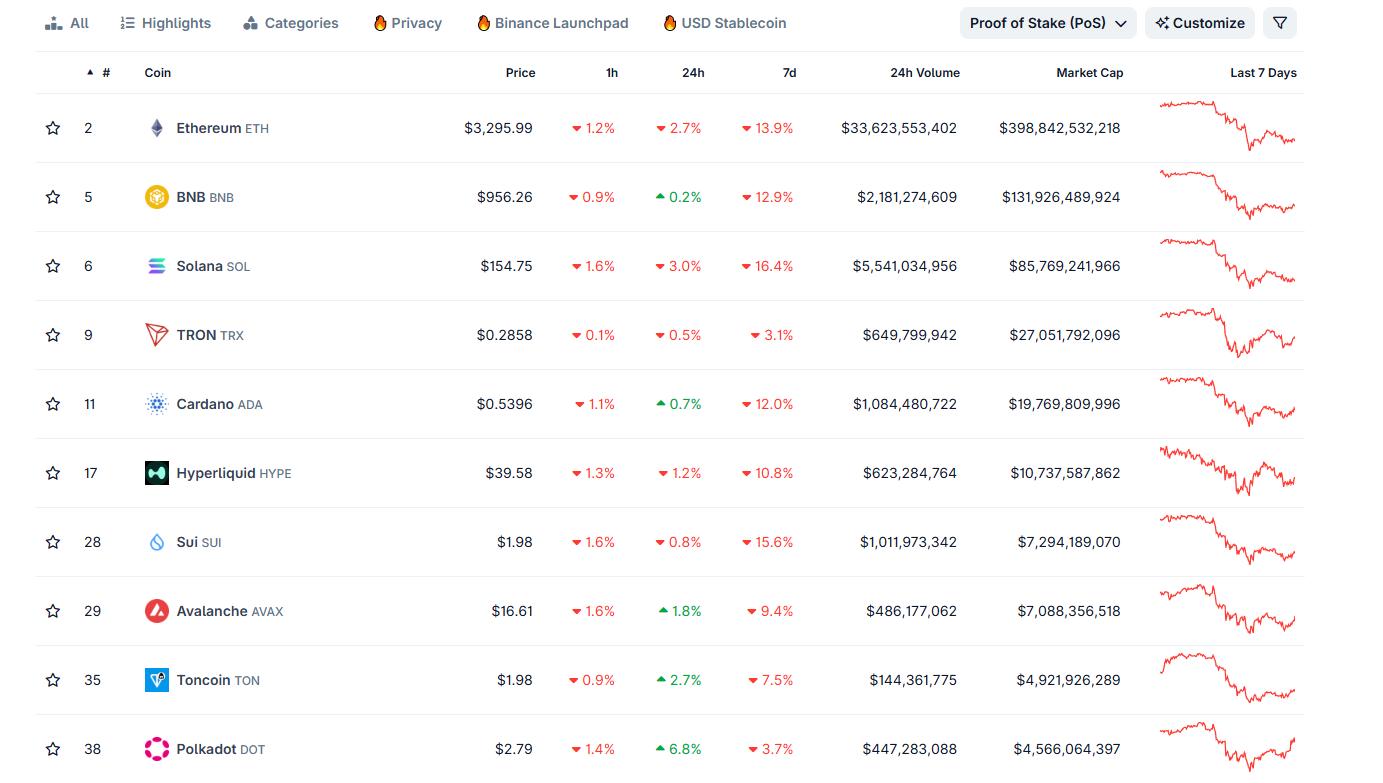
Source: coingecko.com
- Select a validator or platform. Look at reliability, uptime, and fees. Delegation is a way to participate without running a node, and it suits most people.
- Assessing profitability. Income depends on the rate, inflation, token price, and validator fees. To reduce entry risks, use a regular investment strategy (DCA).
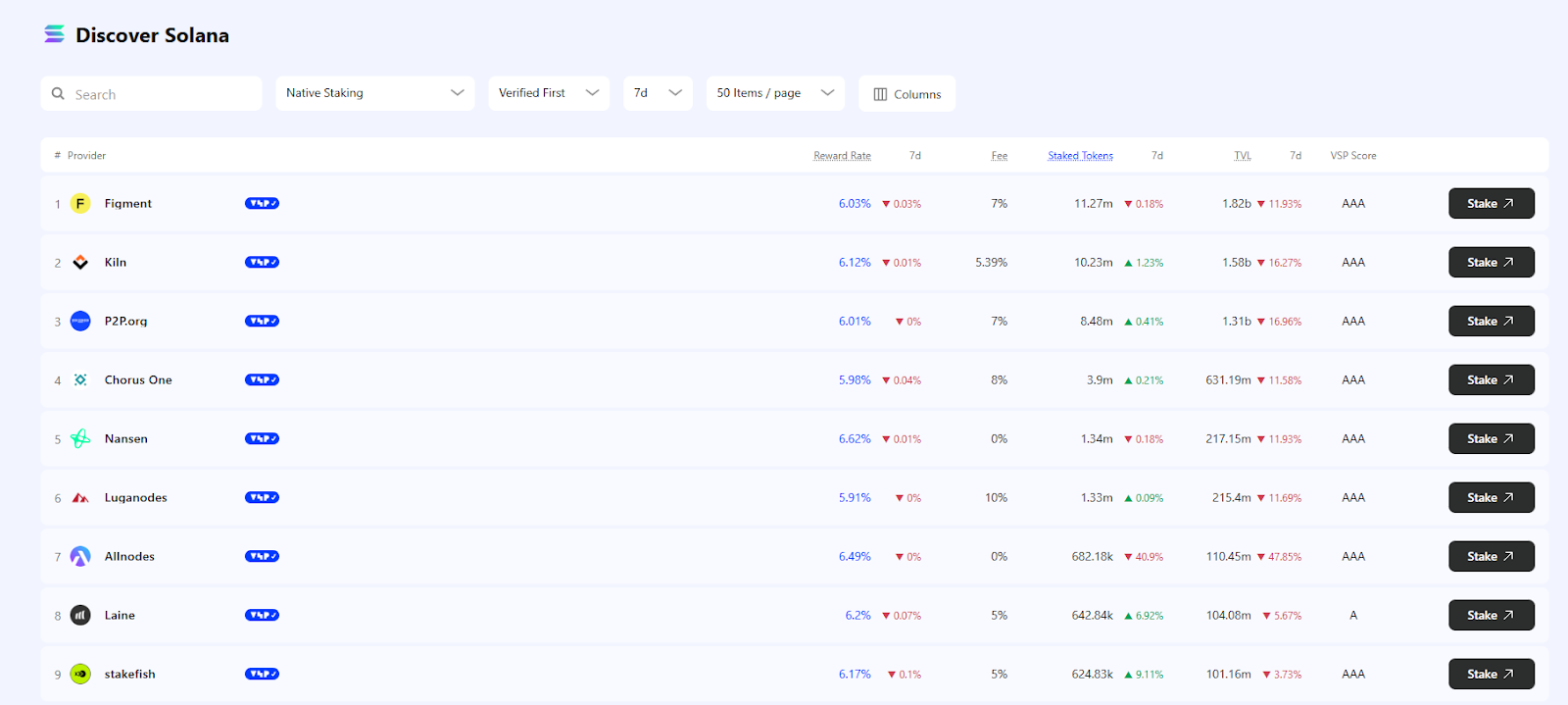
Source:stakingrewards.com
- Risk management. Don't keep your entire stake in one network or with one validator. Diversification and monitoring protocol updates will help you avoid unpleasant surprises. You can stake only a portion of your funds.

Source: everstake.one
Advantages and risks
Pros
- The ability to earn income without active trading.
- Accessibility through delegation, without technical difficulties.
- Integration with DeFi and ETF products — expands usage scenarios.
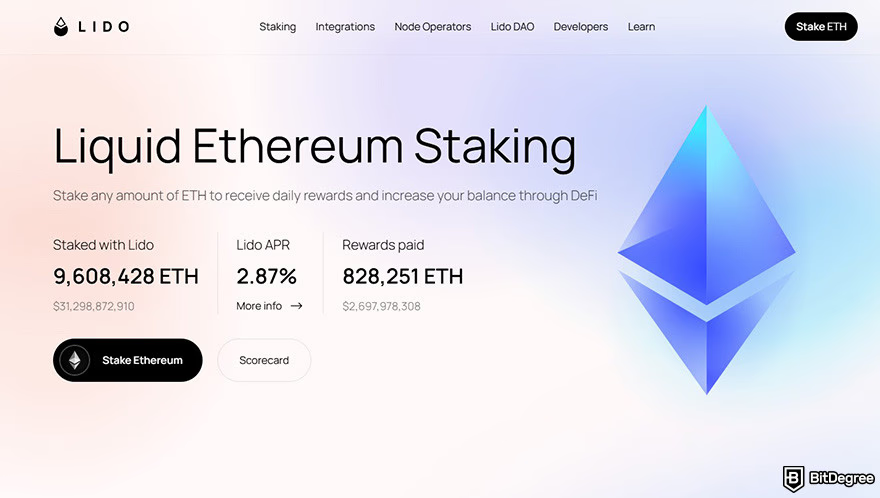
Source: BitDegree.org
Cons
- Yield depends on the market price of the token.
- Regulatory changes may affect the availability of staking in certain jurisdictions.
"Nominal staking rates can be misleading: if token issuance outpaces network growth, the real returns for stakers and holders will be diluted." Dan Robinson (Paradigm)
What really matters in 2025
Instead of dry metrics, focus on real signals:
- Stability of rewards — how regularly and transparently income is accrued.
- The behavior of large holders (whales) — if they are actively withdrawing tokens, this could be a signal.
- Market cycles — during periods of growth, staking brings in more, but during downturns, it may not cover inflation.

Source: everstake.one
- DeFi integration — if the network is actively used in farming and trading, this increases demand for the token.
What to expect from staking in 2026?
We expect to see growth in platforms with ready-made infrastructure where staking will be available with a single click. New income distribution models will emerge, including those with dynamic rates depending on network activity. Institutional players will use AI analytics to assess risks and select validators.
"In 2026, we will see a transition from simple staking to managed strategies: returns will depend not only on the rate, but also on network behavior, DeFi activity, and the quality of analytics." Delphi Digital, PoS infrastructure forecast, October 2025
An alternative to independent staking
If you don't want to understand staking, study tokenomics, or follow protocol updates, there is an easier way — use cloud solutions. The GoMining platform can help: you rent a miner, receive rewards in BTC, and the service takes care of all technical and operational tasks — equipment setup, power supply, and maintenance.
Why is this important
Understanding the mechanics of PoS staking is critical for evaluating projects and building a portfolio. It is important to consider tokenomics, capital concentration, and legal risks. Strategies based on transparent analytics and diversification provide an advantage in the face of institutional interest and growing requirements.
This is especially true in 2025–2026, when the market will become more mature and competition between networks will intensify. For those who want to minimize technical and operational complexities, there is an alternative: GoMining cloud solutions, where everything is already set up and available, with transparent reporting and a stable revenue model.
FAQ
1. What is staking income?It is receiving regular income for participating in blockchain support. You lock tokens in the network, and it rewards you for confirming transactions. It is an alternative to active trading and mining.
2. How does earning from PoS staking work in crypto? You hold tokens in your wallet, delegate them to a validator, or participate directly. The network selects validators and awards them rewards, which are distributed among participants. Everything happens automatically, without the need for constant monitoring.
3. What are the advantages and risks of earning through PoS staking? Pros: stable income, no need for equipment, accessibility through delegation. Cons: dependence on token price, inflation, possible restrictions from regulators.
4. How can you take advantage of this earning opportunity in 2025? Choose a network with transparent tokenomics, delegate tokens to a reliable validator, calculate the return on investment taking into account commissions and inflation, apply a regular investment strategy (DCA), and keep track of protocol updates.
5. What indicators are important for assessing staking returns? Stability of accruals, network activity, behavior of large holders, market cycles, integration with DeFi, and transparency of validators. These factors affect real profits.
6. Is it possible to make money from PoS staking? Yes, especially with a long-term approach and diversification. The main thing is not to chase high rates, but to consider all parameters: from tokenomics to platform reliability.
7. What mistakes do beginners make when trying to earn money from staking? They choose a network based on interest rates, ignore inflation, delegate without checking the validator, do not take commissions into account, do not track market cycles, and do not diversify their assets.
8. How does earning from PoS staking affect the cryptocurrency market? It makes the market more stable: tokens are locked, volatility decreases, and new yield models emerge. Institutional investors enter through ETFs, and retail investors through cloud solutions.
9. What do experts predict for PoS staking earnings in 2026? Growth of cloud platforms, emergence of hybrid models, integration of AI analytics, tighter regulation, and a stronger role for tokenomics in project evaluation. Staking will become part of comprehensive strategies rather than a separate tool.
To strengthen your foundation, start with the basics: subscribe to GoMining Academy and get access to the free course → https://academy.gomining.com/courses/bitcoin-and-mining
Telegram | Discord | Twitter (X) | Medium | Instagram
NFA, DYOR.
The cryptocurrency market operates 24/7/365 without interruptions. Before investing, always do your own research and evaluate risks. Nothing in this article constitutes financial advice or investment recommendations. Content is provided "as is"; all claims are verified with third parties and relevant in-house and external experts. Use of this content for AI training purposes is strictly prohibited.
November 12, 2025



